12 People Whose Hobbies Defy All Expectations

Aaah, well-deserved vacay, finally! This time you’re off to see something new, it’s an ocean on one of the Uranus’ moons! Alright, just kidding — this destination is not a vacation spot yet. But yeah, there are definitely some impressive oceans out there. Hey, don’t say you thought oceans can only be found on Earth!
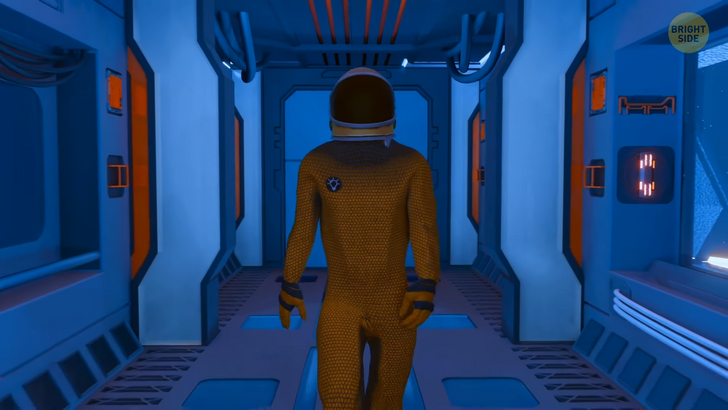
But before diving into Uranus moons’ oceans, let’s talk about Uranus itself first — the seventh planet from the sun and the coolest cat in the solar system. It’s got 27 moons, and 4 of them might technically have oceans. That’s more than most people have friends. All these moons are like Uranus’ mini-me’s. They tilt at the same crazy angle as their parent planet, 98 degrees to be exact. And Uranus is so unique that it orbits the sun on its side. That means its equator is almost at a right angle to its orbit. Talk about rebellious!
But why is Uranus like this? Well, some astronomers reckon it’s because it got knocked on its side by a massive collision with another planet. And that impact might have actually created Uranus’ moons! Fun fact: those moons have pretty particular names. Instead of mythical figures, most of them are named after Shakespearean characters. I mean, who needs Zeus when you’ve got Juliet and Desdemona?
Discovering these moons isn’t easy. They’re super dark and located billions of miles away from the sun. It’s like trying to find a needle in a haystack, except the needle is smaller than your pinky finger. These 27 satellites are divided into three groups: 13 inner moons, 5 major moons, and 9 irregular moons. The irregular ones are rebels with retrograde orbits, while the others are prograde and go with the flow of Uranus.
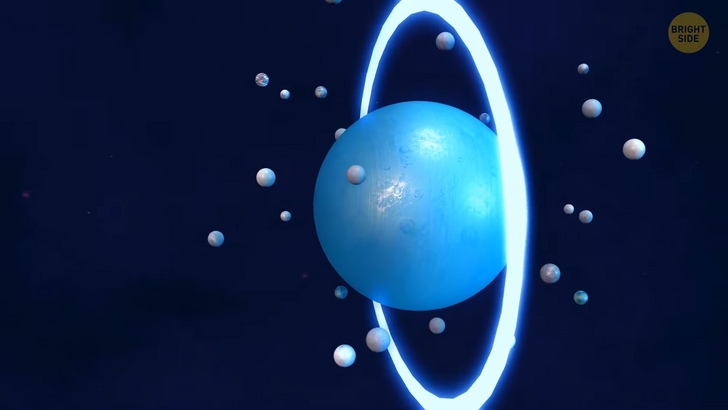
The big boys are Miranda, Ariel, Umbriel, Titania, and Oberon, and they’re all in Uranus’ equatorial plane and are big enough to be round. They’ve got craters and canyons and cliffs — oh my! These moons also formed from a giant impact that tilted Uranus on its axis. That’s why they’re all tilted too! And because of that tilt, they have crazy seasonal cycles just like Uranus itself. But we haven’t found all of Uranus’ moons yet. The little irregular ones are sneaky and hard to detect, so who knows how many more there could be?
But let’s talk about the really cool stuff — what these moons are made of. We’re not entirely sure, but we think they’re made of rock and ice. Miranda is the most icy one, while the inner moons are probably just dusty. And the ones beyond Oberon’s orbit? They’re likely captured asteroids that could be rocky or icy or who knows what! But here’s what really sets Uranus’ moons apart — they’re all tilted together with Uranus! That’s wild! Exploring these moons could teach us so much about how ocean worlds form and stay active.
Titania is the biggest moon of Uranus, but it’s still less than half the size of Earth’s moon with a diameter of about 1,000 miles. It’s also the eighth heaviest moon in the whole solar system. They named it after the fairy queen in A Midsummer Night’s Dream. Titania’s color is gray, and it has some shiny patches that scientists think are frost. It’s made up of a mix of ice and rock, just like all the other moons close to Uranus.
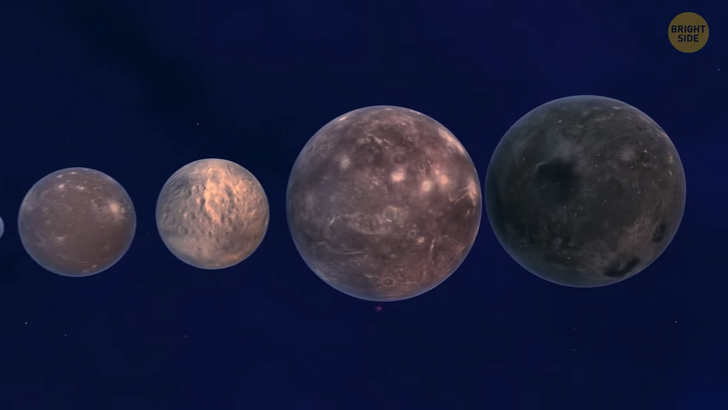
Oberon is the next biggest moon of Uranus, named after the fairy king in Shakespeare’s play. It’s almost the same size as Titania and also has a half-ice/half-rock composition. But Oberon’s surface is way more cratered than the other Uranian moons.
Umbriel and Ariel are the third and fourth largest moons of Uranus, with diameters of 726 miles and 718 miles respectively. Umbriel is named after a bad spirit in an old poem, and it’s the darkest of all Uranus’ big moons. It only reflects 16% of the light that hits it.
Scientists don’t know why it’s so dark, but they think a bright ring around a crater might be caused by frost deposits. Ariel is the brightest of all Uranus’ big moons, and it reflects over a third of the light that hits it. It’s named after characters in both Pope’s poem and Shakespeare’s play. Ariel looks like the youngest moon because it only has a few small craters from recent collisions.
Miranda is the smallest of all these big moons with a diameter of about 292 miles. NASA says it looks like it’s made up of parts from different bodies, like a Frankenstein’s monster. Miranda has three big features called “coronae” that are unique to it.
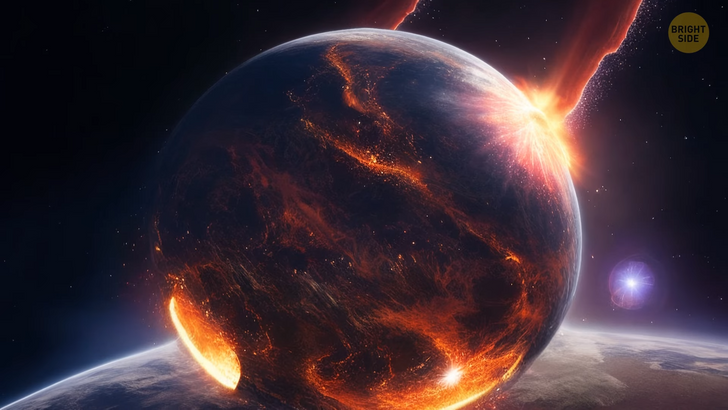
They’re lightly cratered with ridges and valleys, and they’re separated from older and more heavily cratered parts of Miranda by sharp boundaries. It also has giant canyons that are up to 12 times deeper than the Grand Canyon. Scientists don’t know why Miranda has such different features, but one theory is that it got smashed apart by a huge collision and then put back together all wonky. All these big Uranian moons are stuck facing Uranus all the time, just like Earth’s moon.
Uranus has got some seriously dope features, but the ring system is where it’s at. And get this — the ice giant’s moons actually have a hand in shaping those rings! Uranus has 13 inner moons and 13 faint rings, and they’re all connected like one big cosmic family.
Cordelia and Ophelia are like the guardians of the outermost ring, epsilon. These two “shepherd moons” keep all the particles together, with Cordelia being the closest to Uranus’ surface. But here’s the kicker — there are at least eight other tiny satellites hanging around in that area, making things super crowded. NASA is still scratching their heads trying to figure out how they don’t all crash into each other.
The inner moons are half ice and half rock, but we don’t know much about the outer ones. NASA thinks they might just be asteroids that got caught up in Uranus’ gravitational pull. Either way, Uranus and its moon squad are definitely out of this world. Apparently, Uranus’ moons might have salty oceans hiding under their frozen surfaces! And the farthest ones from Uranus, Titania and Oberon, could have oceans that are 30 miles deep. That’s deeper than the Mariana Trench [7 miles]! But even Ariel and Umbriel might have oceans around 19 miles deep.
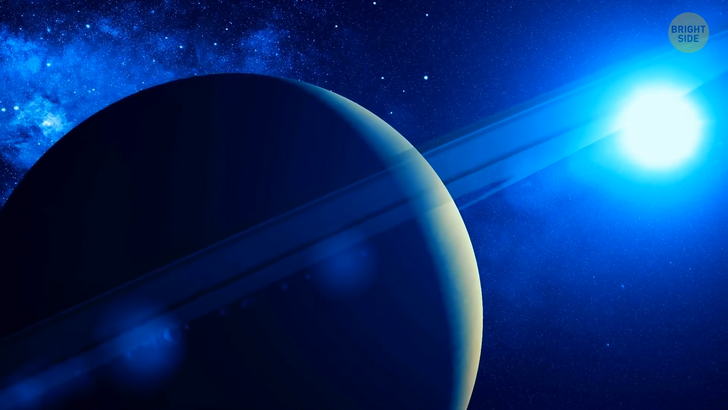
NASA used some fancy computer modeling and revisited data from their Voyager 2 spacecraft (launched way back in 1977) to figure out the makeup and structure of these moons. They found that Titania is huge enough to keep its internal heat and prevent its ocean from freezing. But get this — the other moons might have a chance at having warm oceans too! The researchers discovered potential sources of heat in the moons’ rocky mantles that could release hot liquid and keep the oceans warm. And guess what? The oceans might even be warm enough to theoretically support life!
The study also found that chlorides and ammonia are likely abundant in the oceans of these moons. Ammonia acts as antifreeze, and salts in the water could also help maintain the ocean’s temperature. Now, you might be thinking, how can these icy moons have liquid water?
Well, turns out their internal heat and some chemicals could make it happen. For example, a study revealed that chlorides and ammonia are likely abundant in the oceans of these moons. Ammonia acts as antifreeze, and salts in the water could also help maintain the ocean’s temperature. And if these moons really do have oceans, that means there could be other ocean worlds in our solar system and beyond!
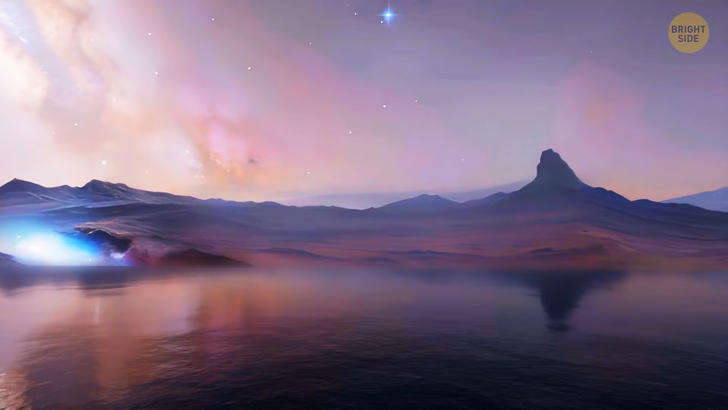
But don’t get too excited, these oceans are pretty salty — about 150 grams of salt for every liter of water. That may not be saltier than Utah’s Great Salt Lake, but still. As for Uranus’ fifth-biggest moon, Miranda, welp, it might have had an ocean at some point, but it probably froze over pretty quickly. Poor little guy.
Anyway, NASA is thinking about sending a mission to Uranus to learn more about these icy giants and their moons. They’re calling it the Uranus Orbiter and Probe (UOP). Sounds like a party to me! So, yeah, technically, there might be not 4 but even 5 oceans, but there’s still much to learn and explore.











